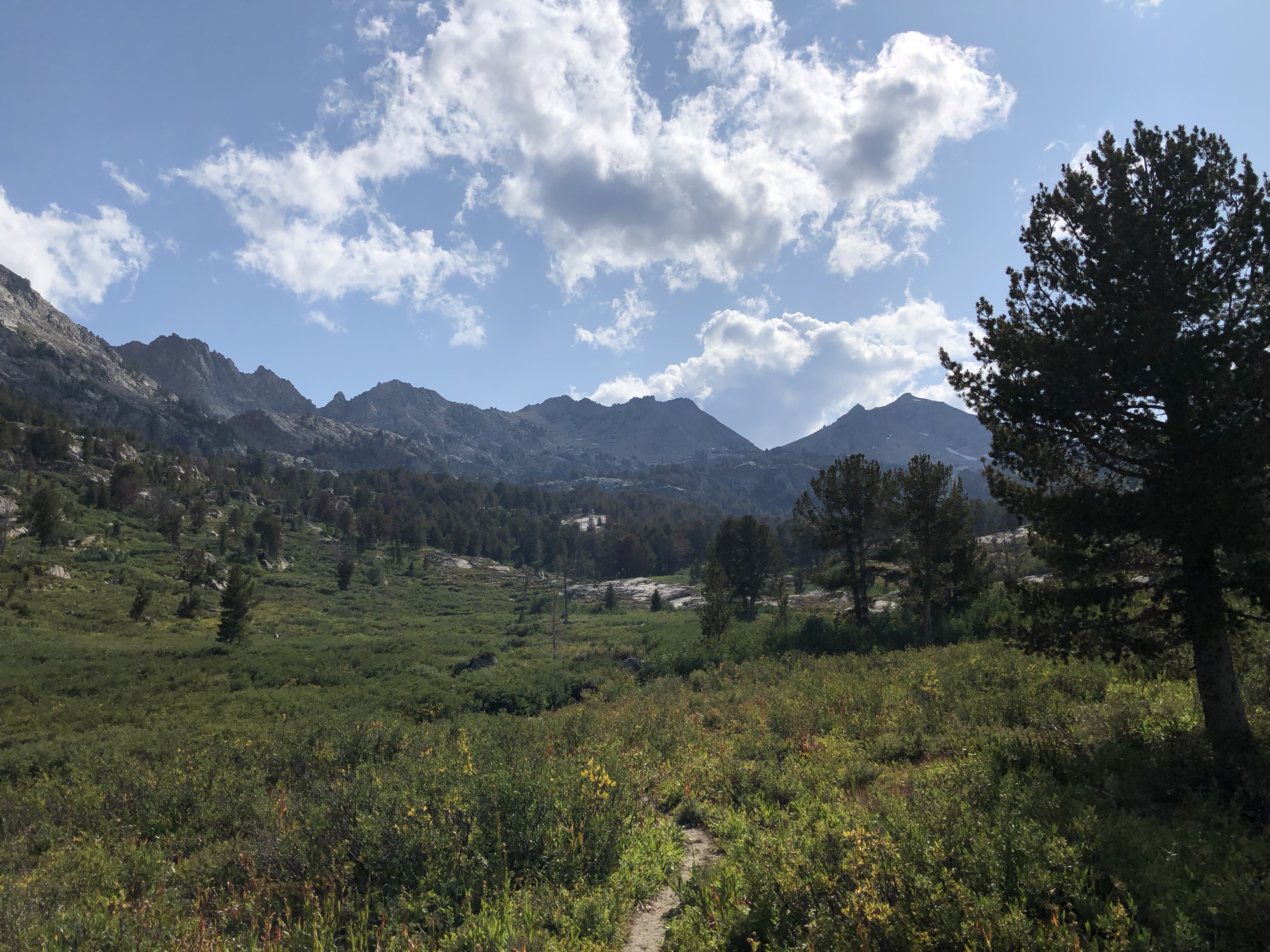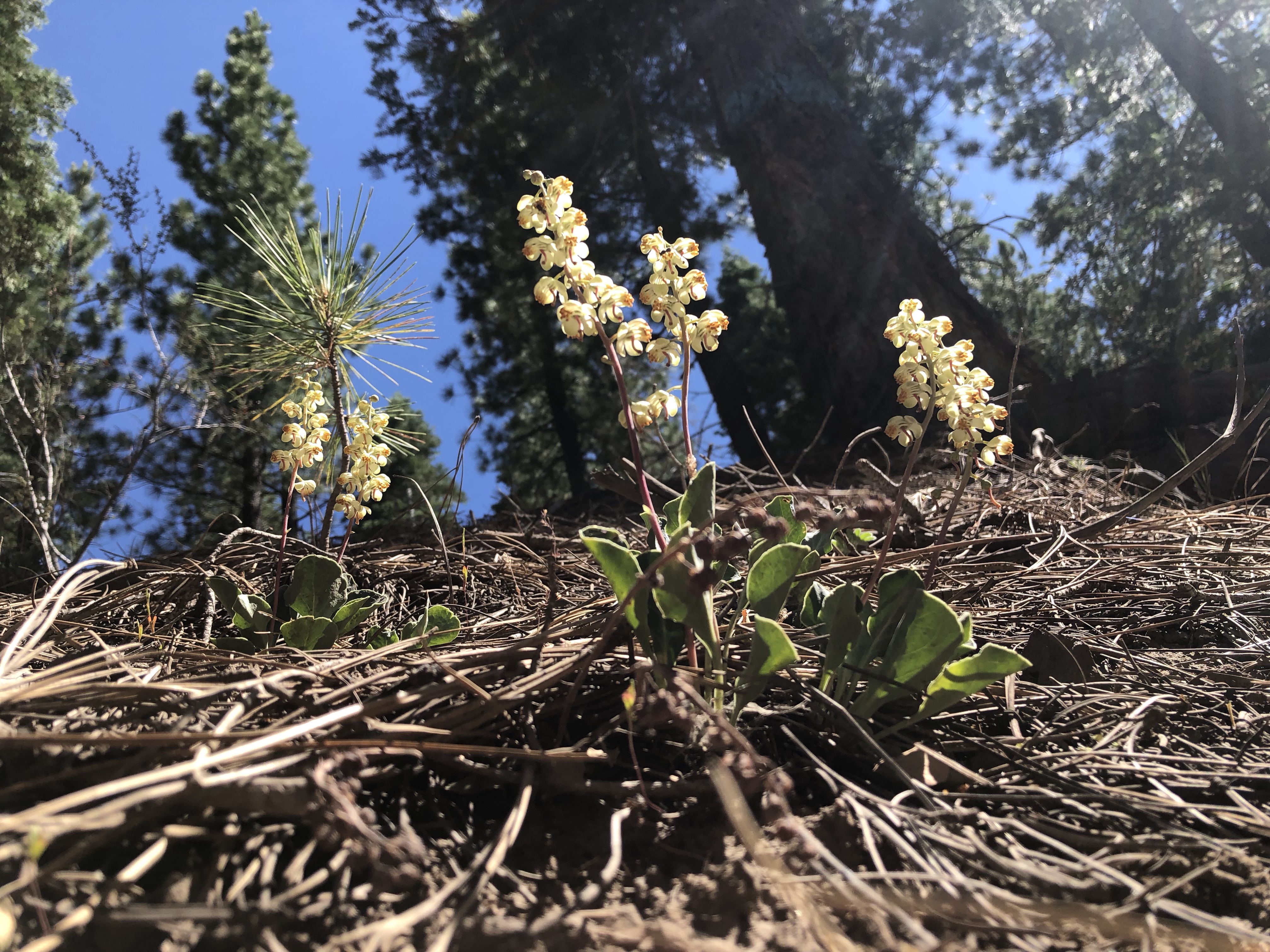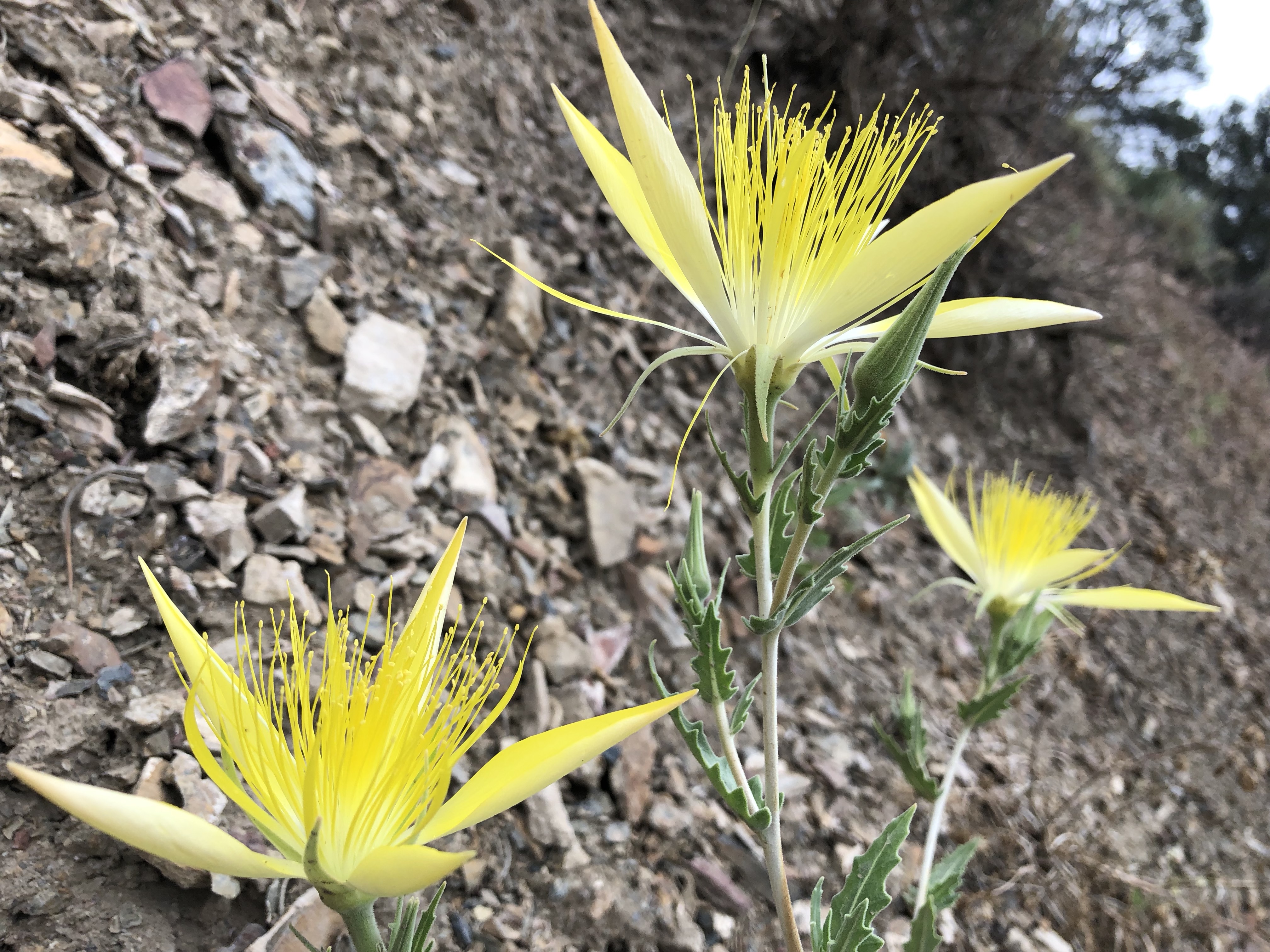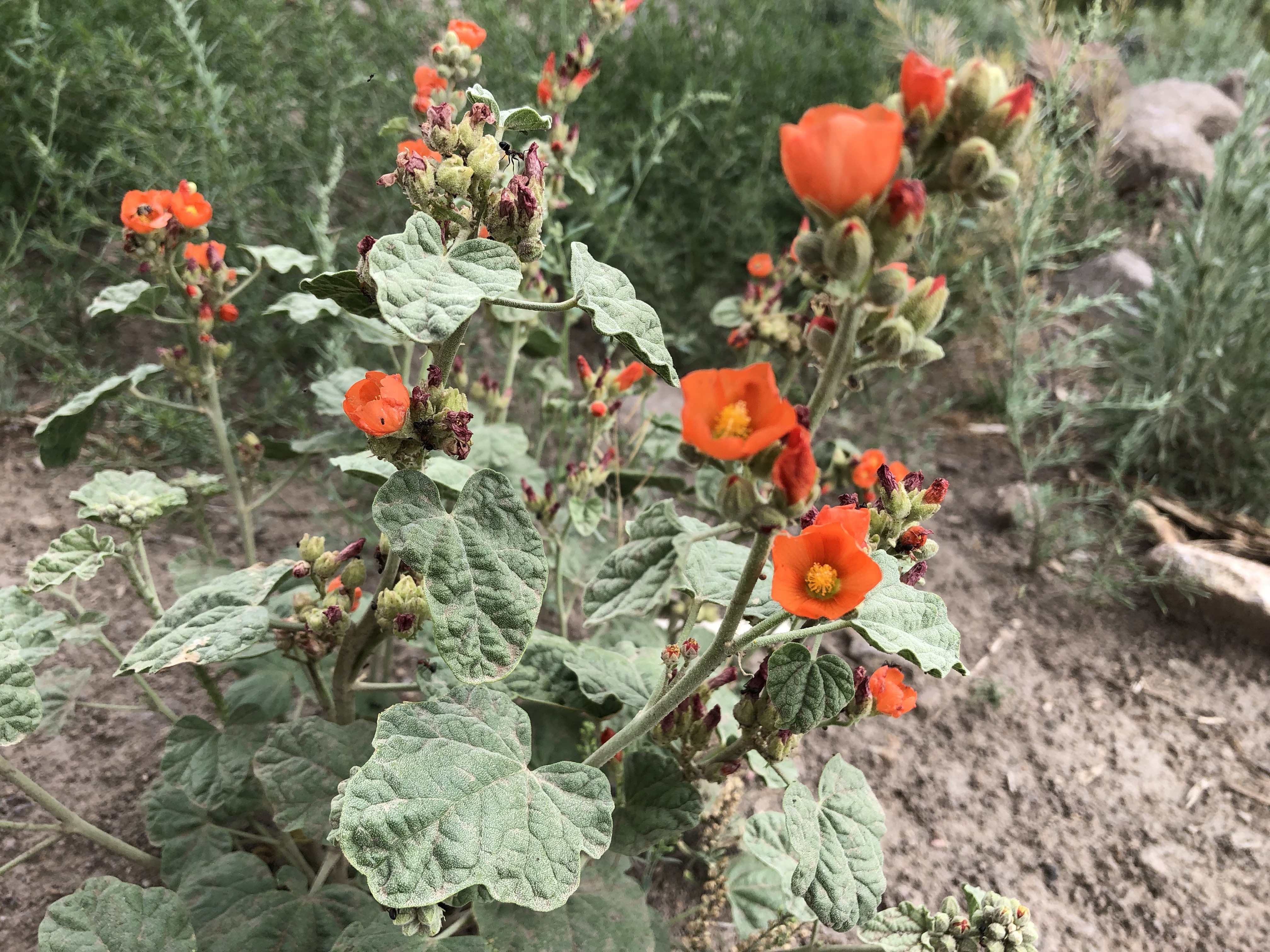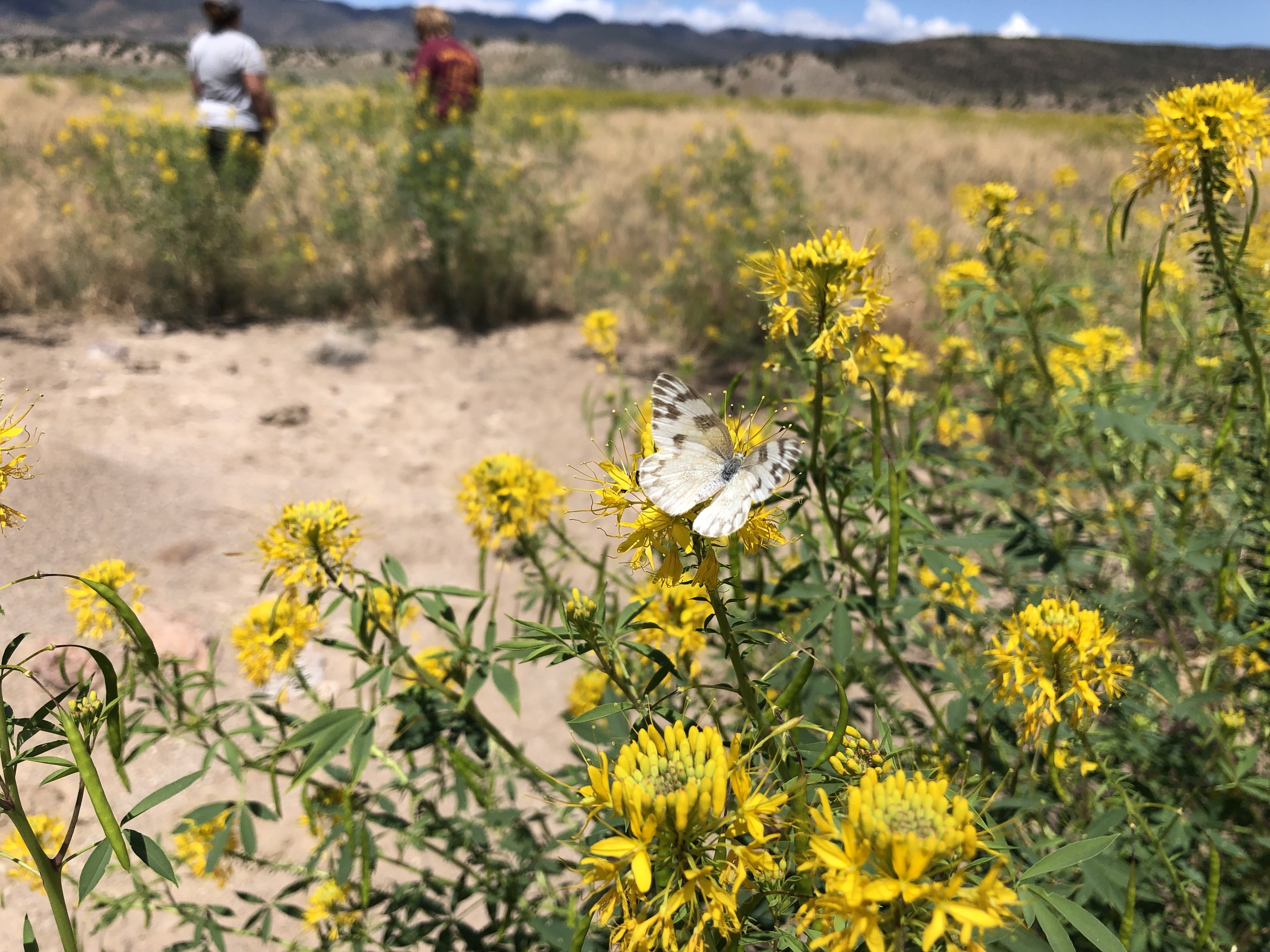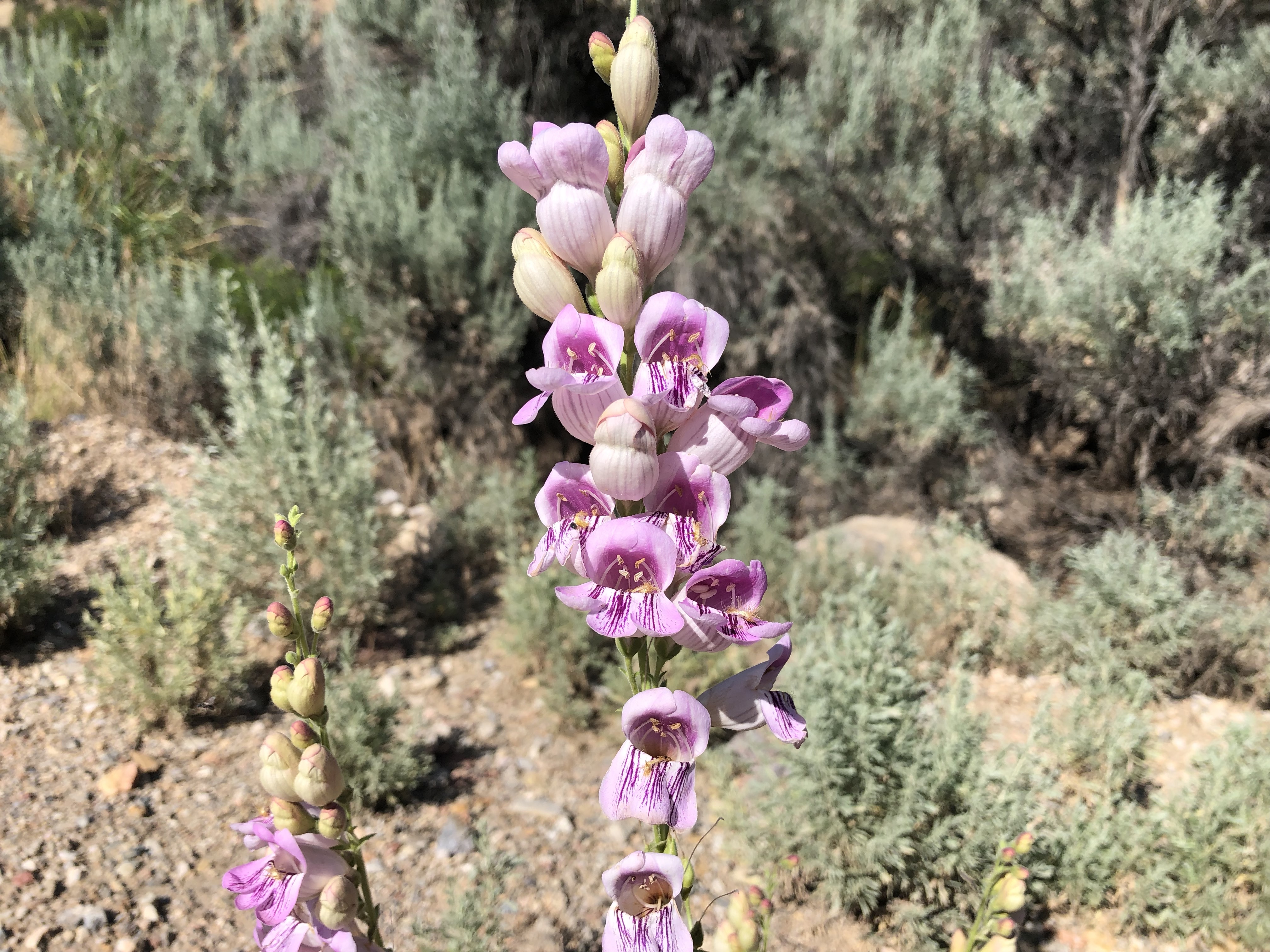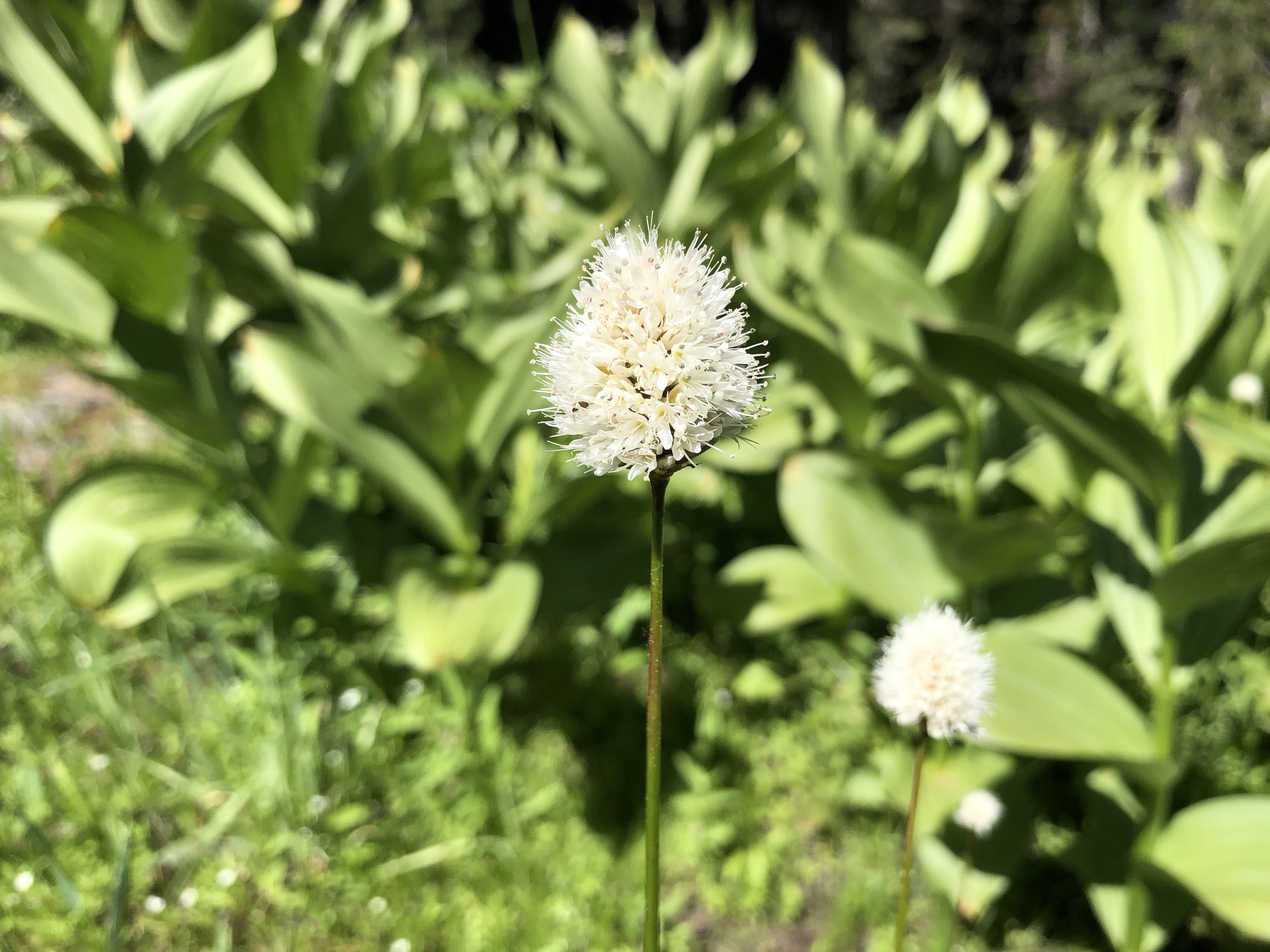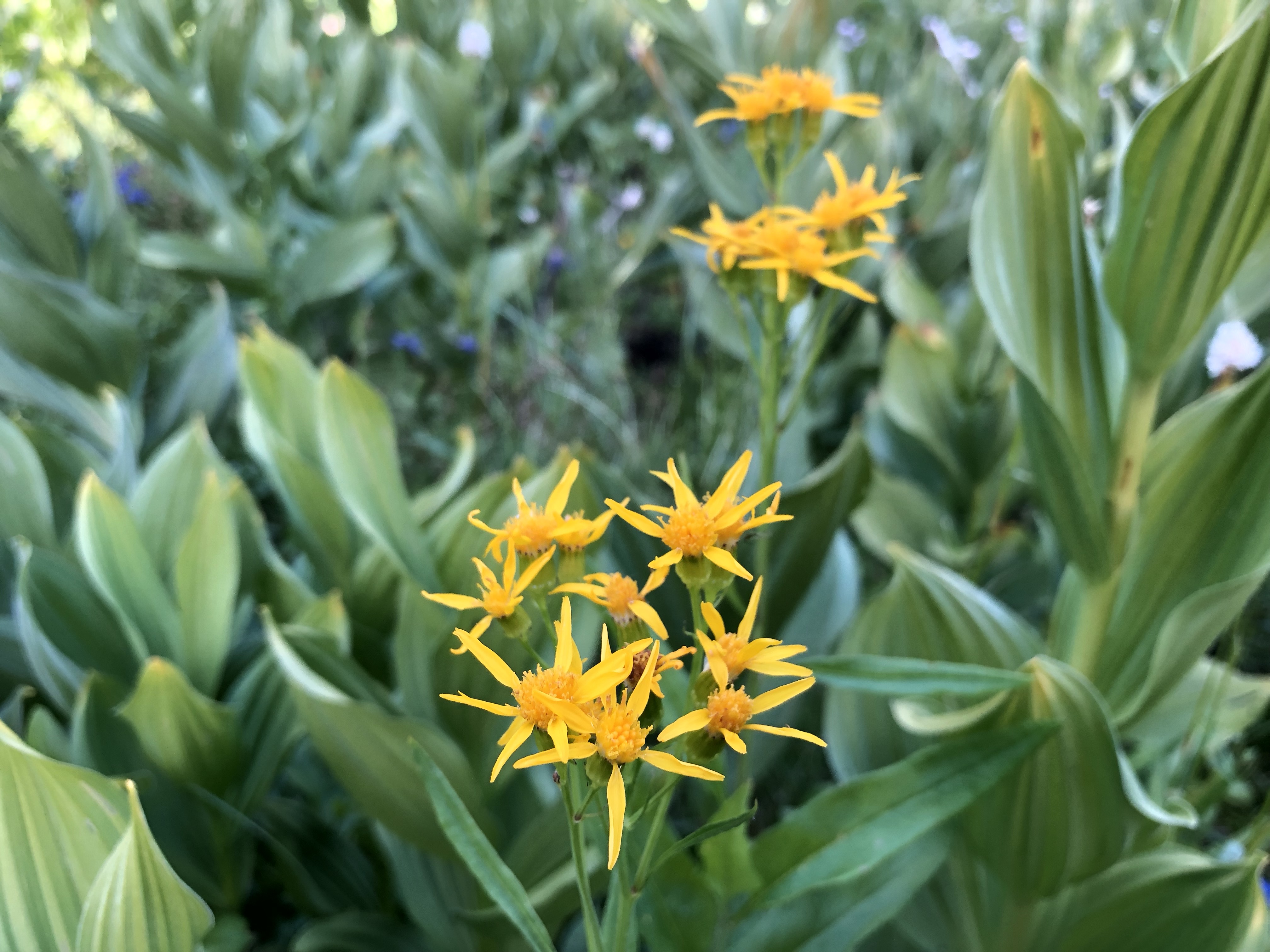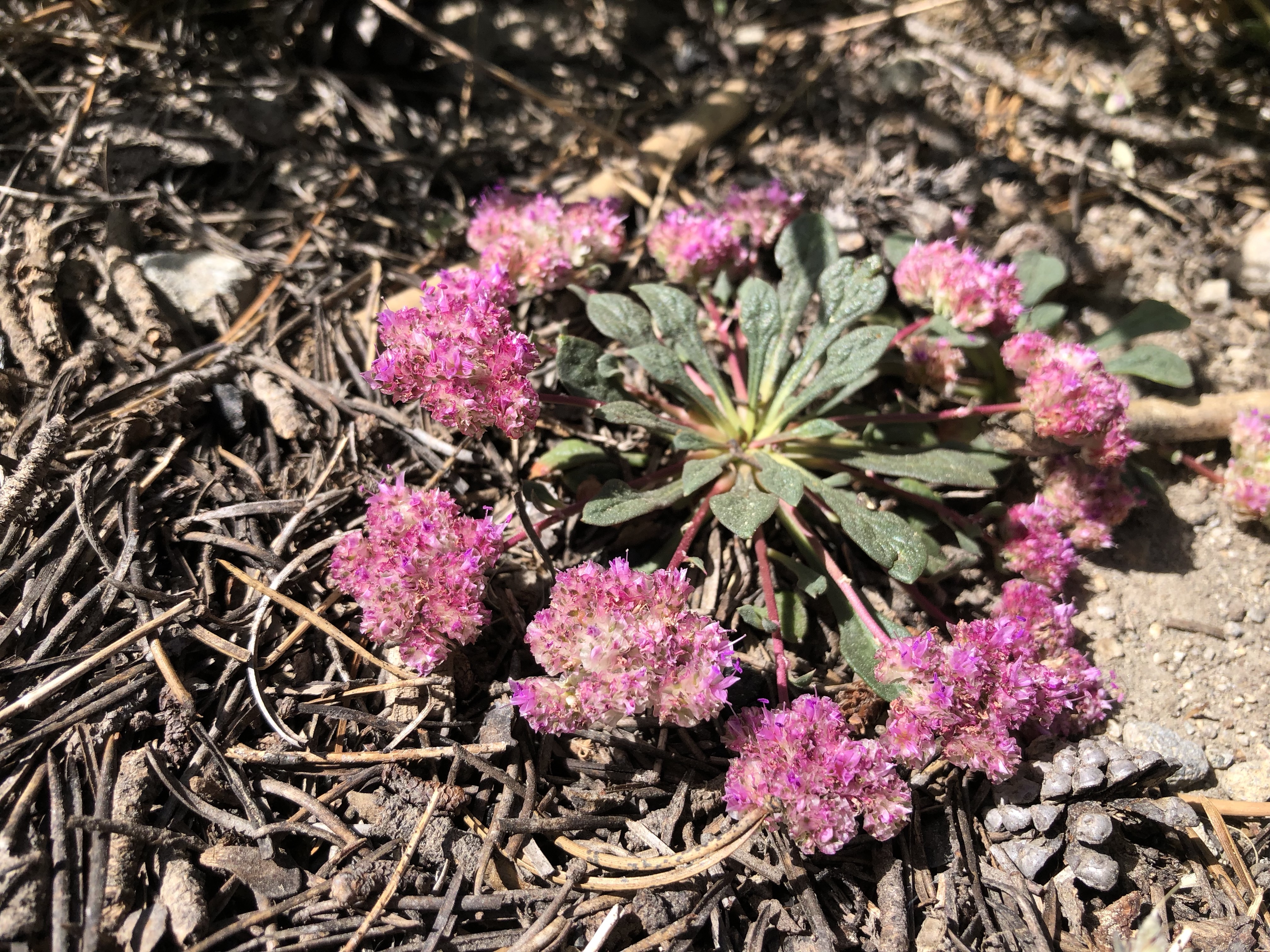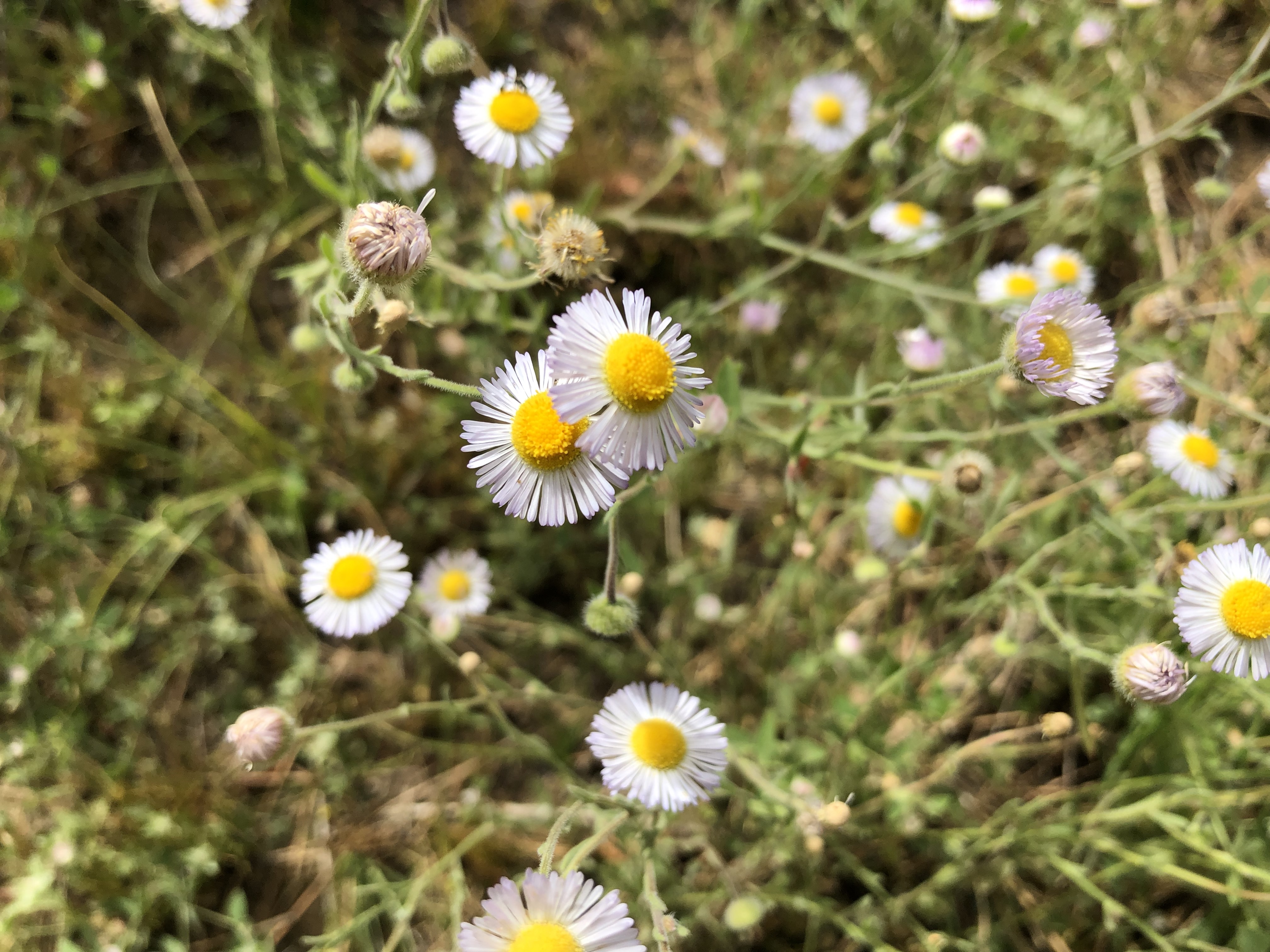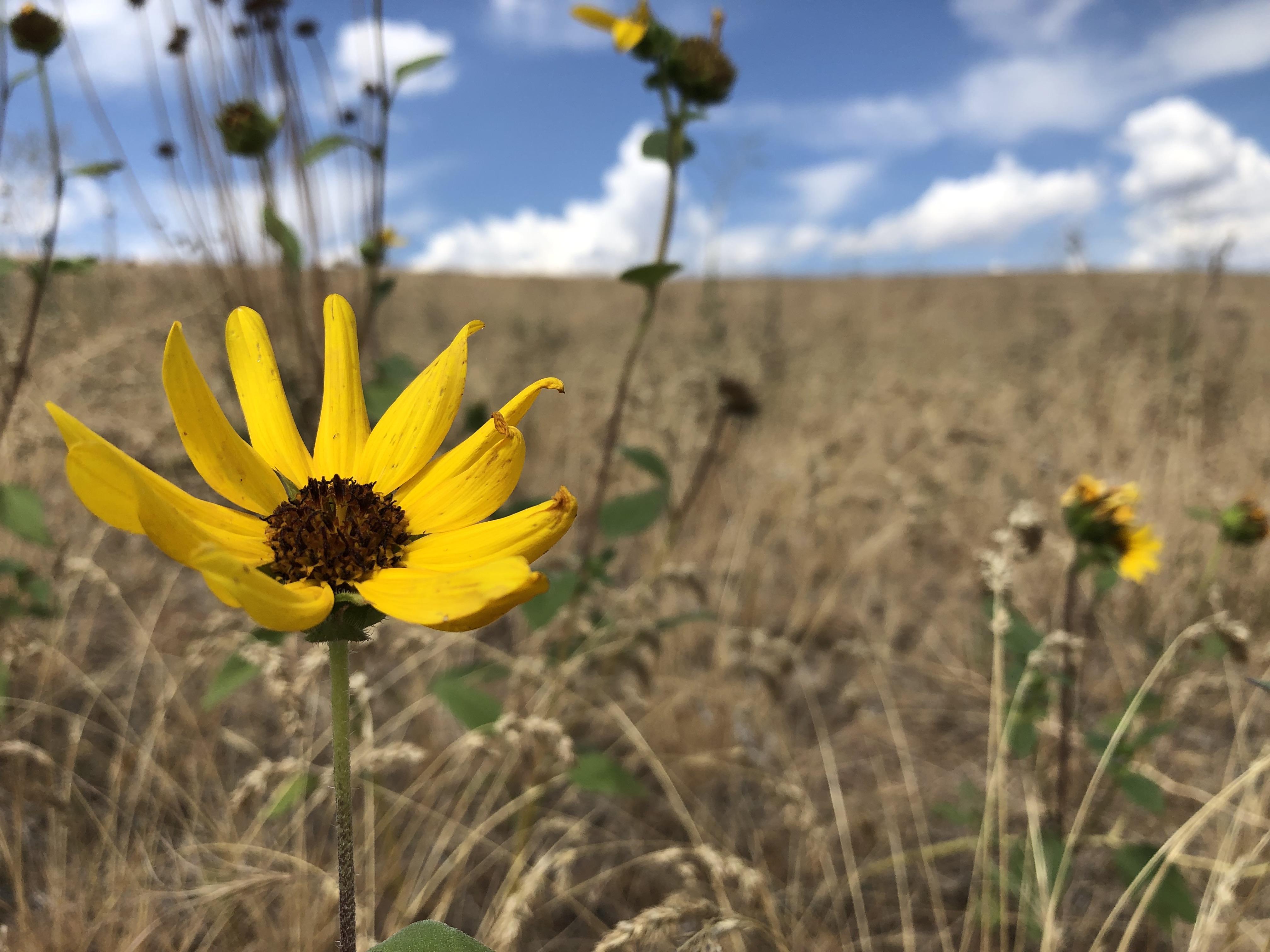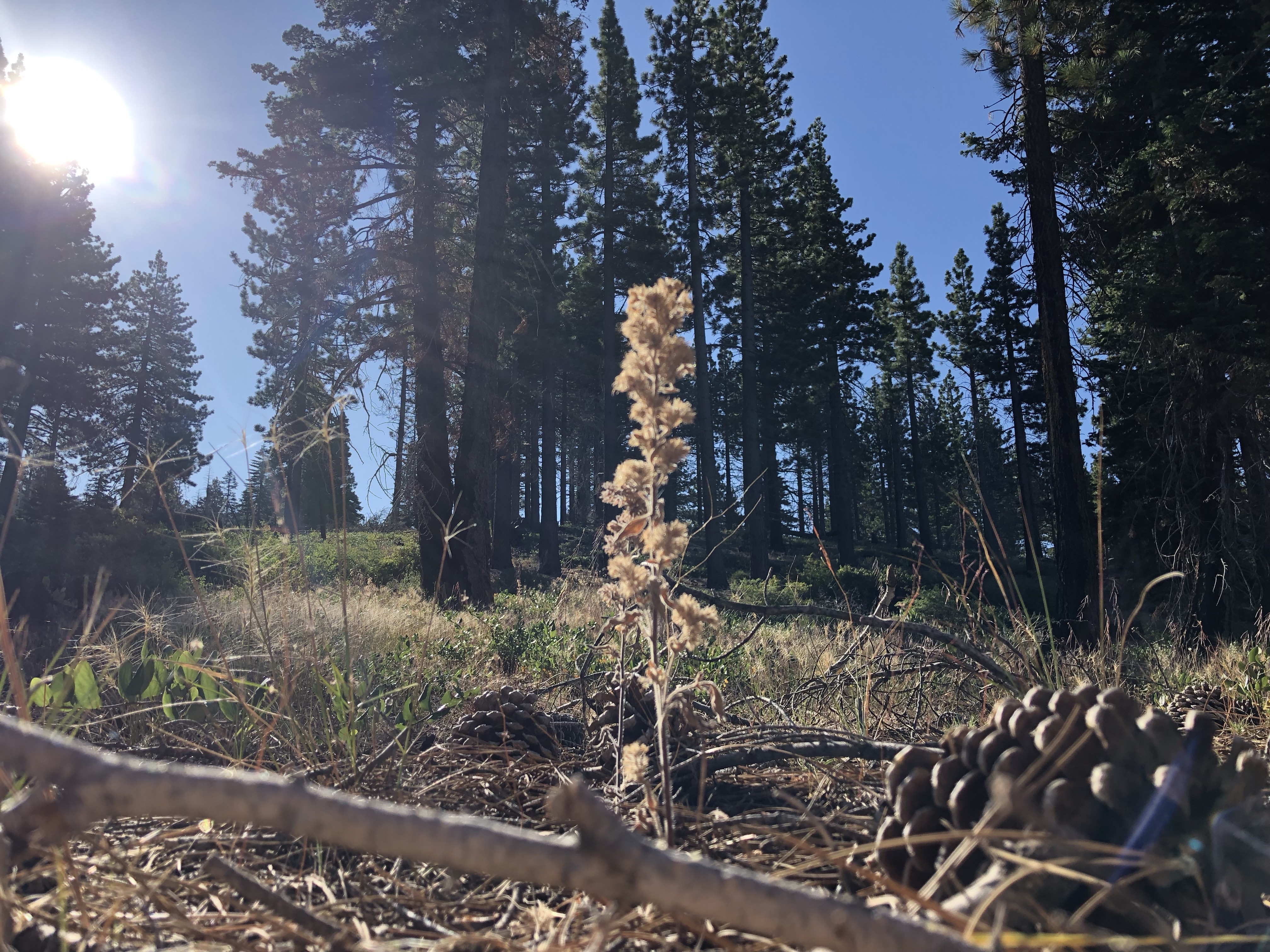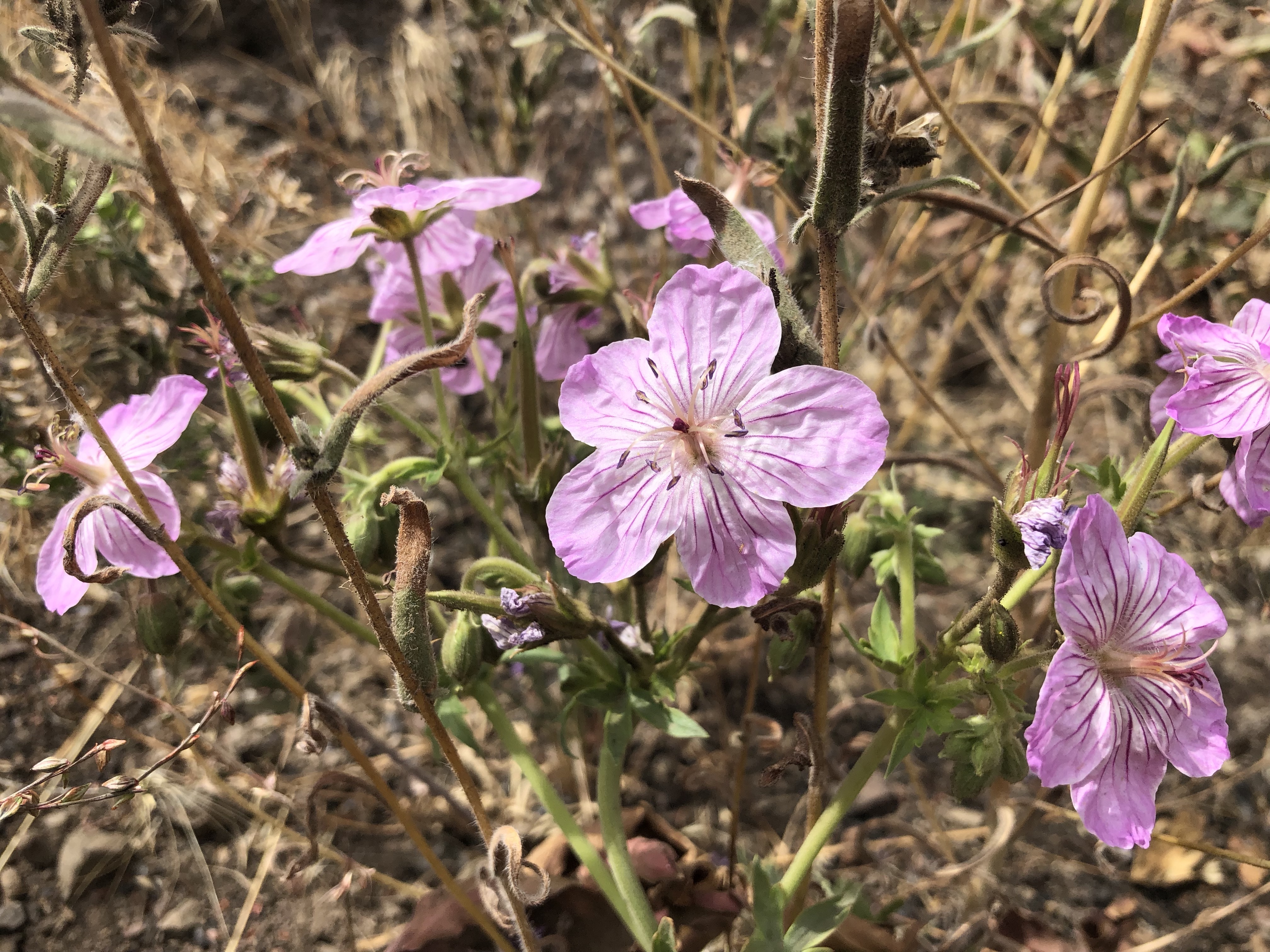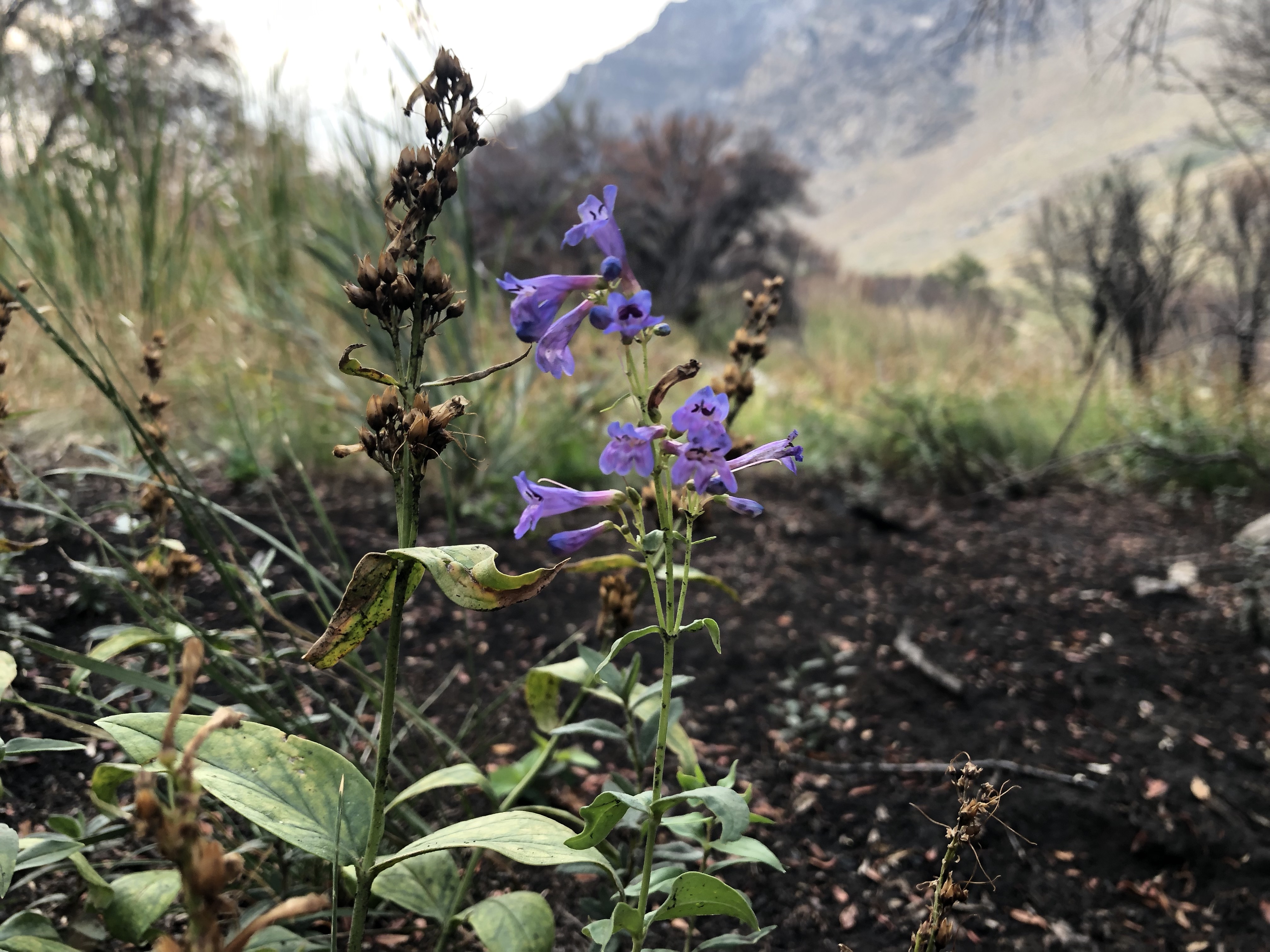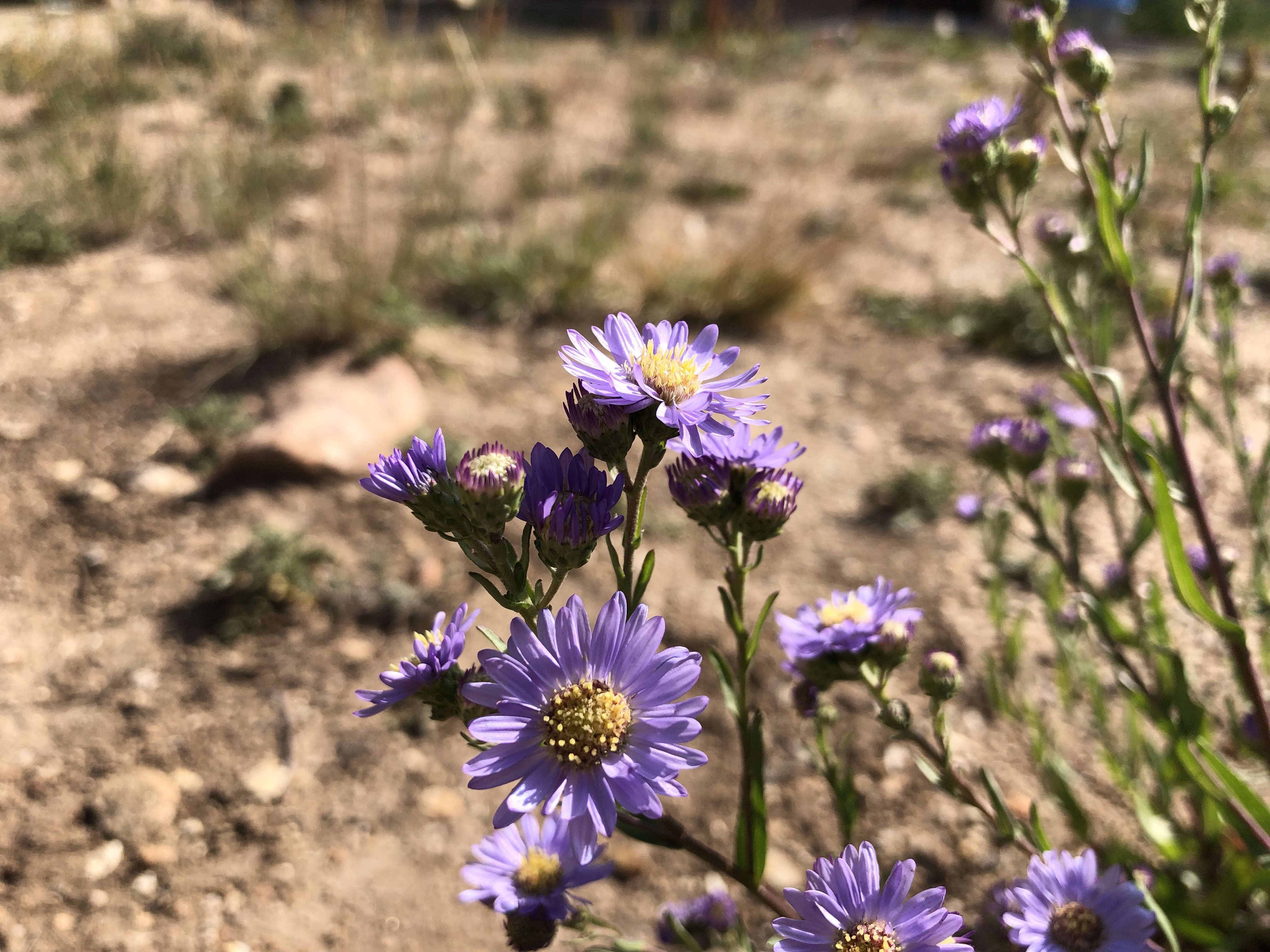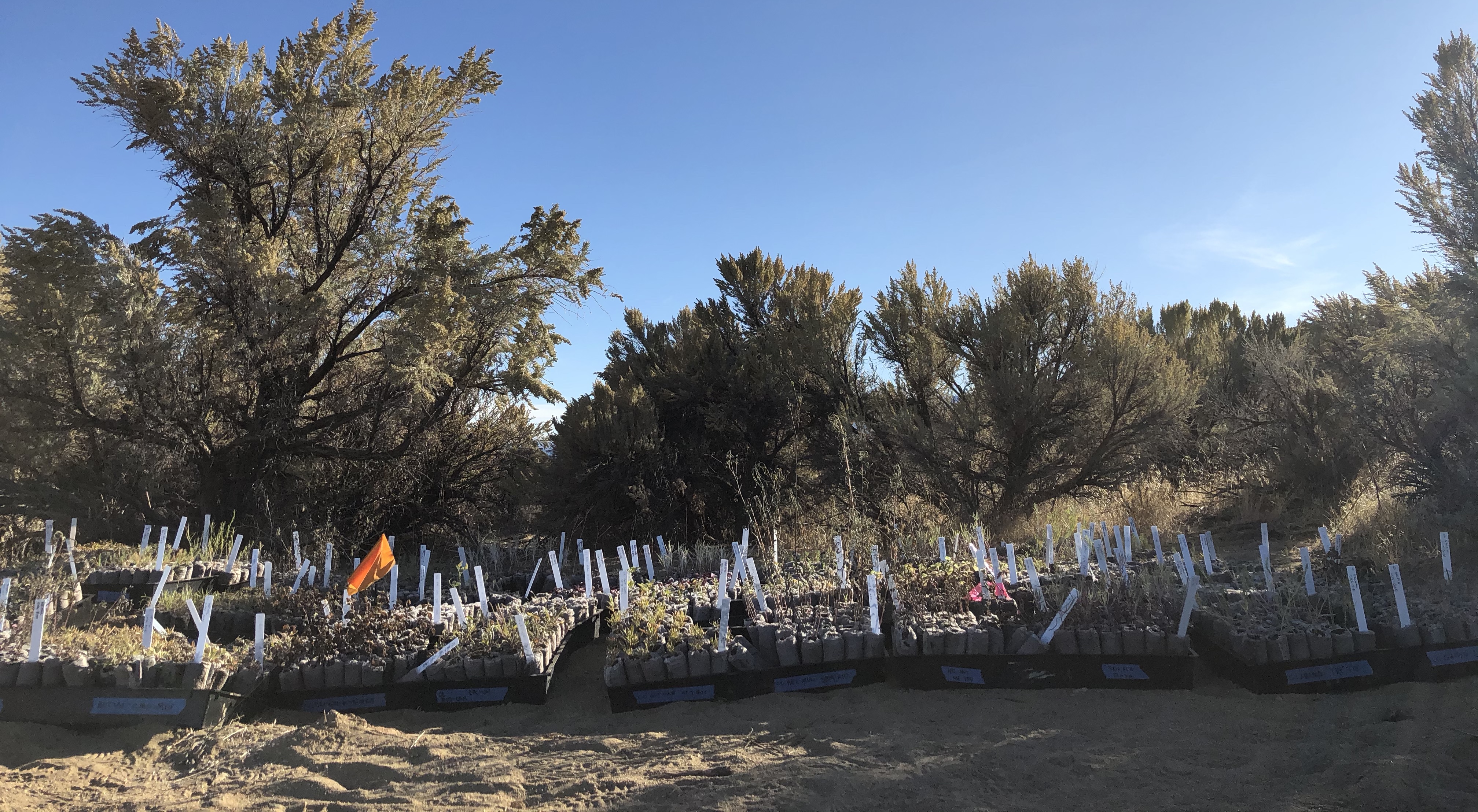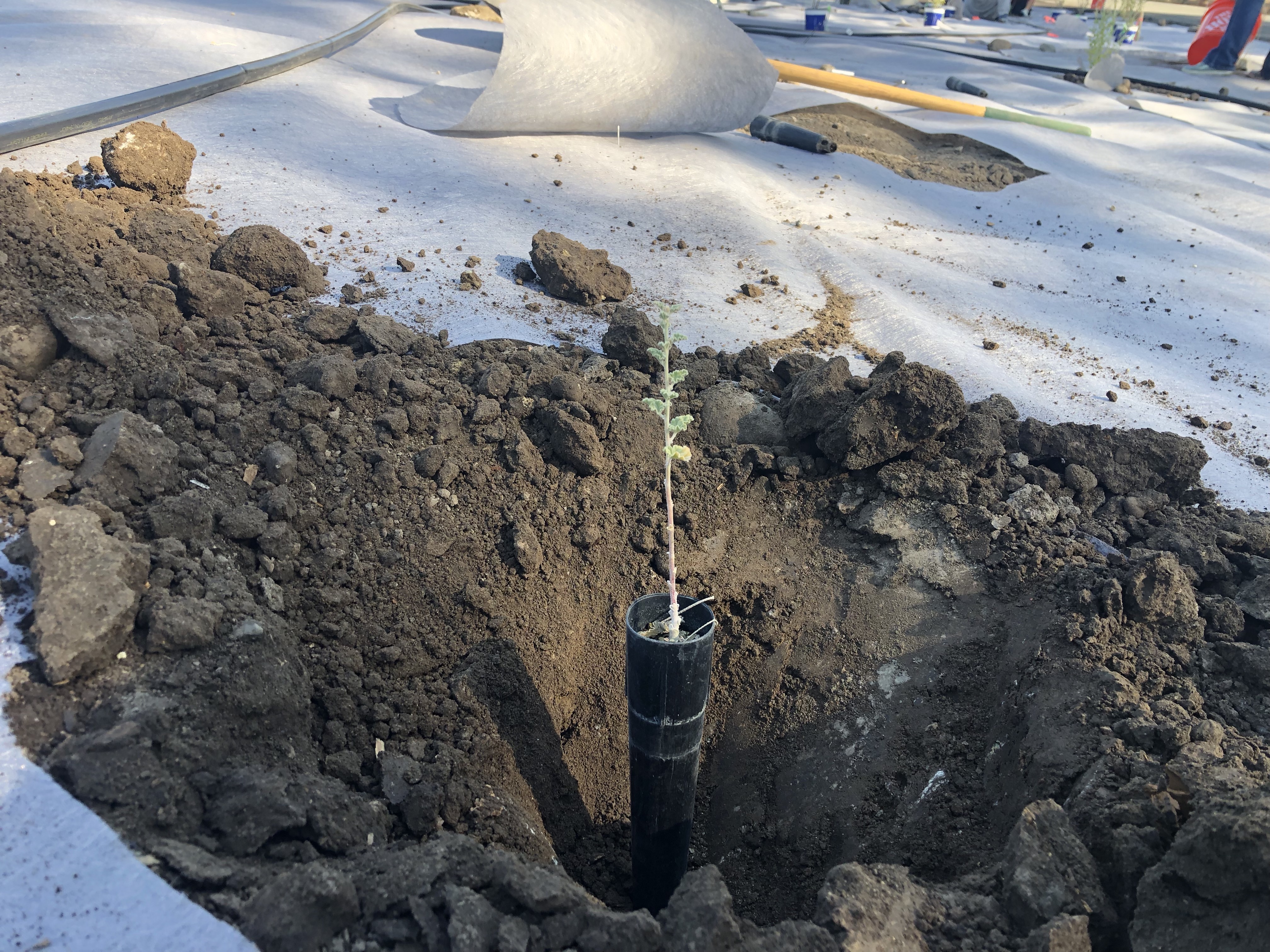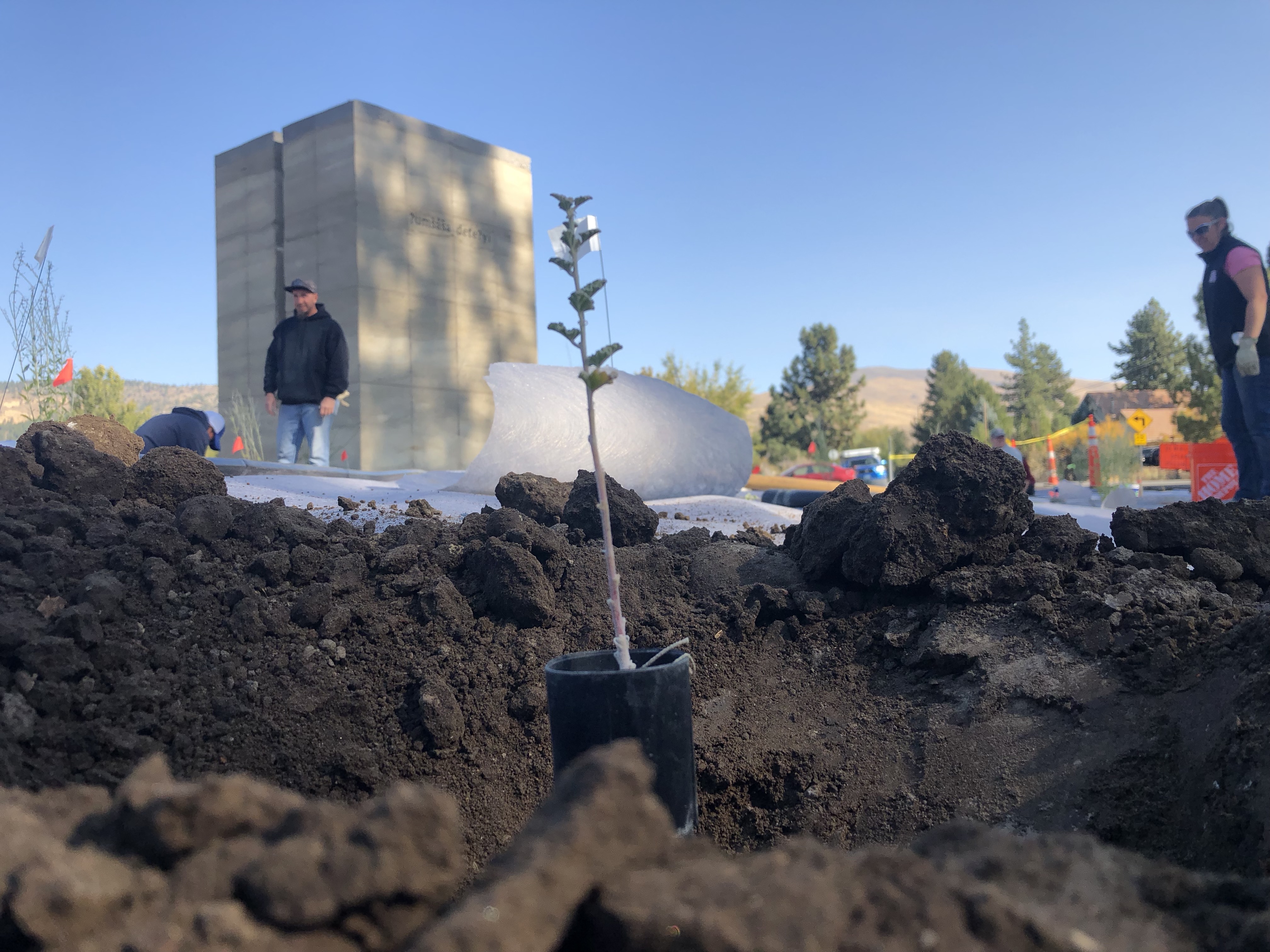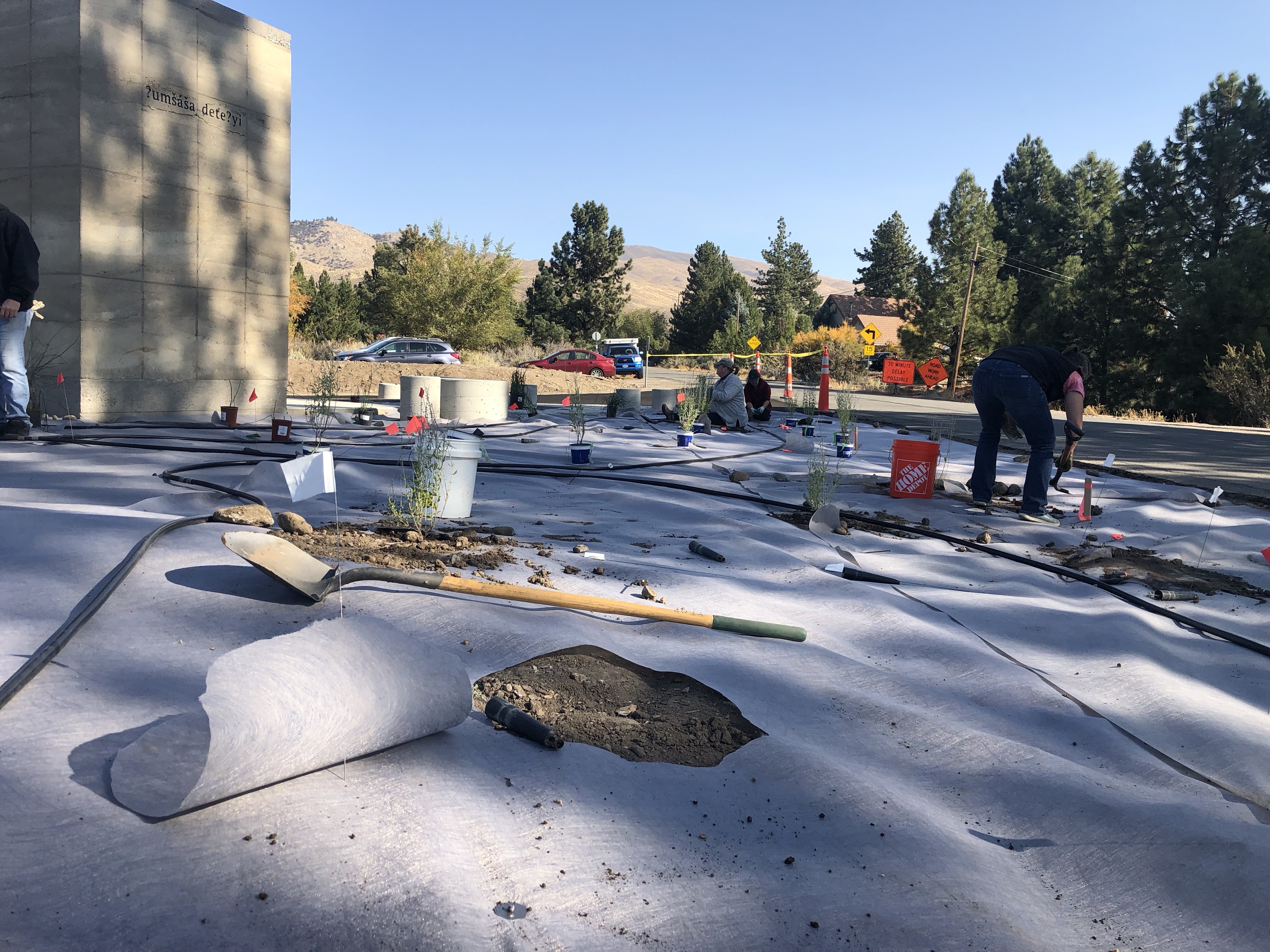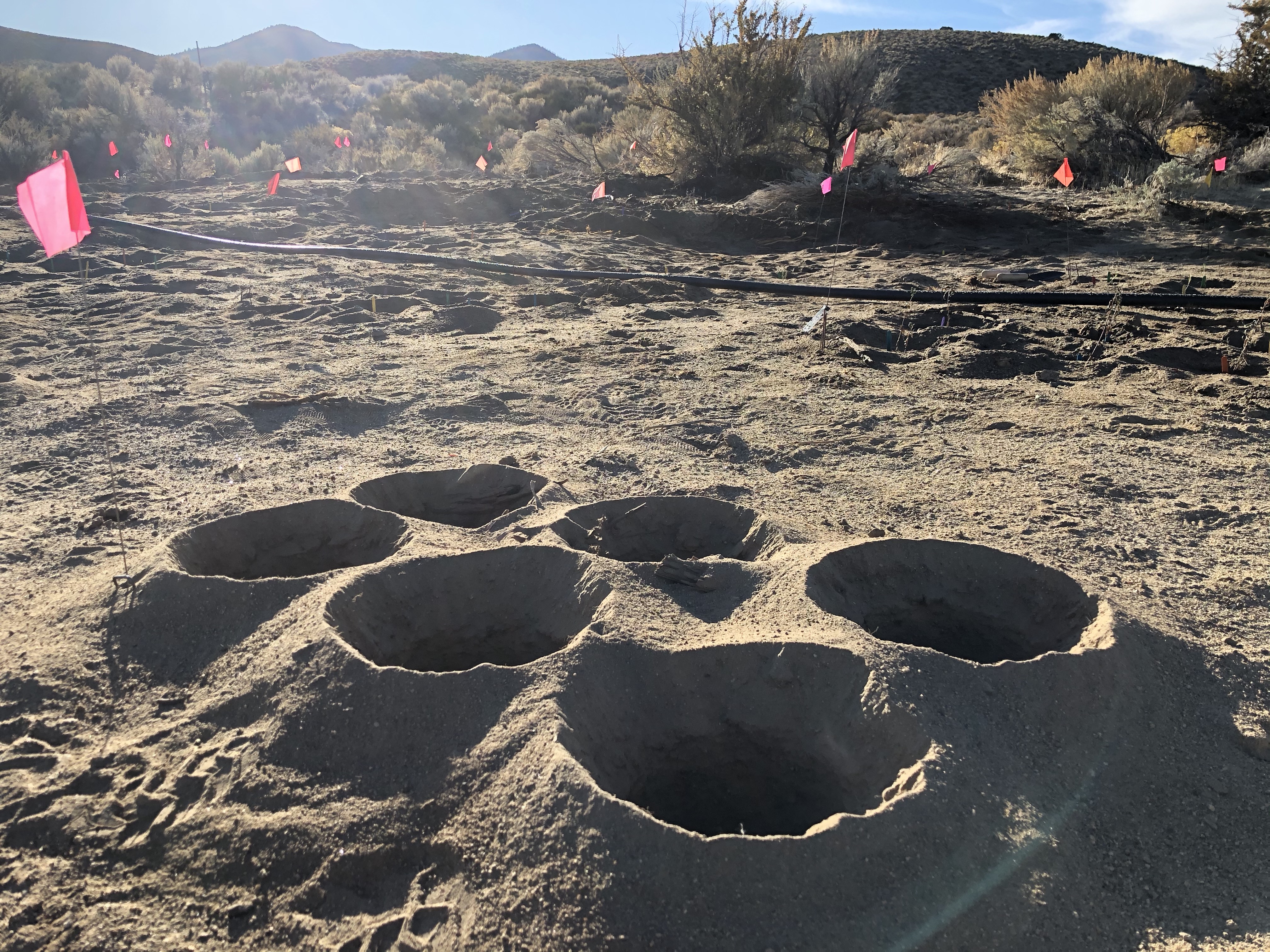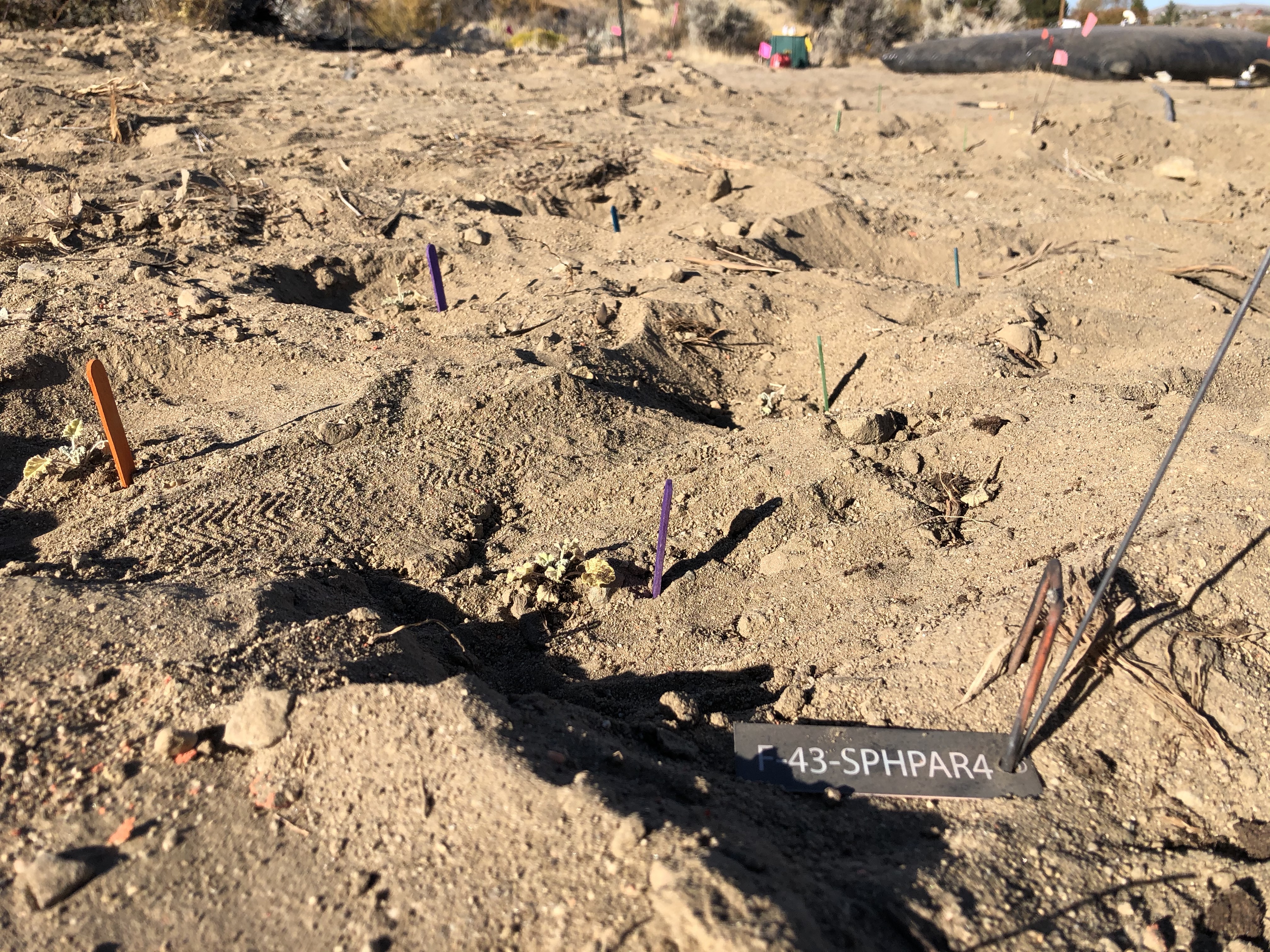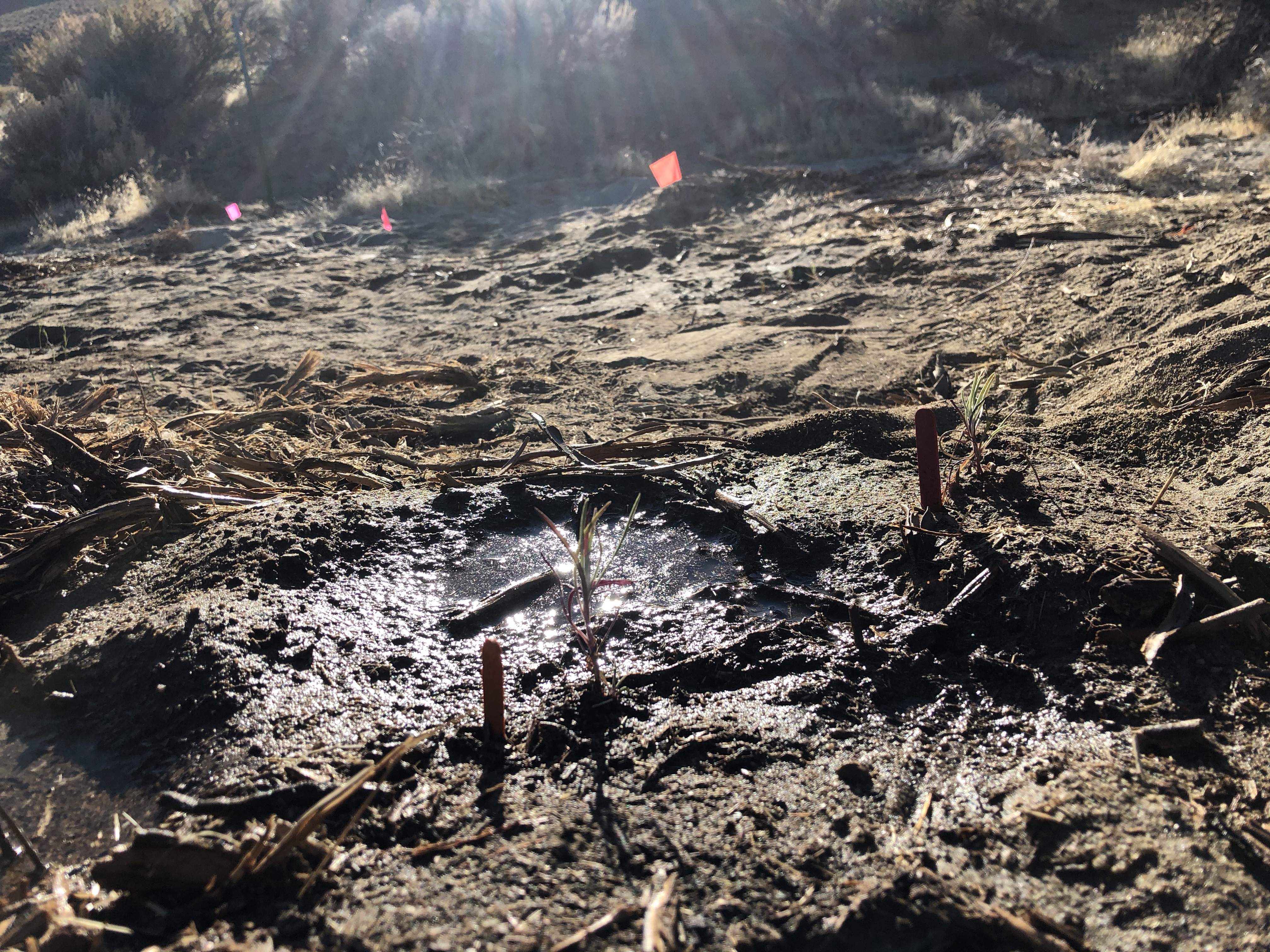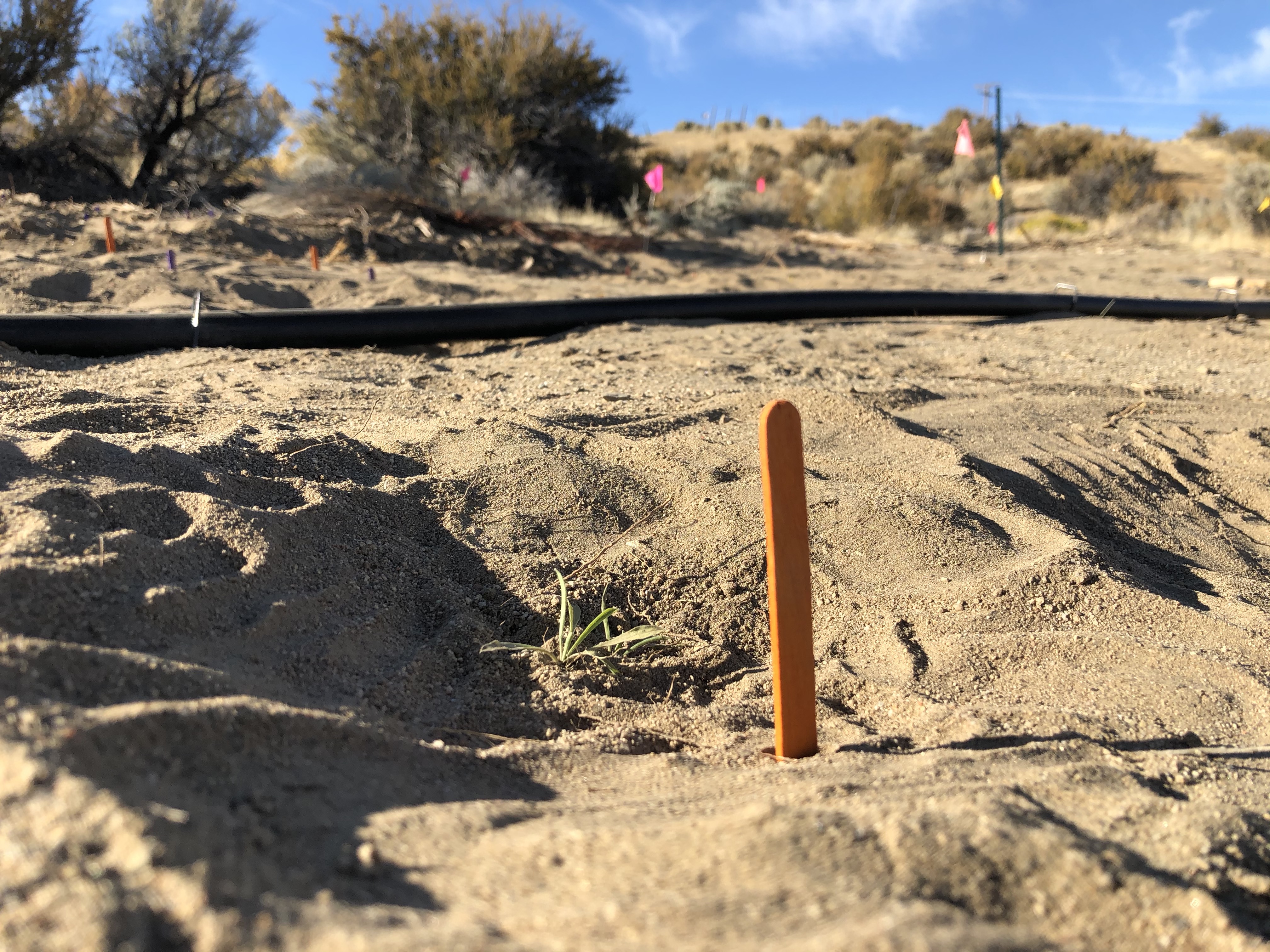As my internship comes to close this month I can’t help but feel fortunate for all I have seen and learned throughout my five months in Nevada. When I made the decision to move across the country for this position, I had no idea that it would entirely shift where I intend to take my career and the direction I wish to move in professionally.
Not only did my internship allow me to hone in on my technical and communication skills, but it has also opened up my eyes to see the need for native plant materials development in the Great Basin and elsewhere. I had the unique opportunity to participate in a collaborative native plant materials development program between the Bureau of Land Management, US Forest Service, Rocky Mountain Research Station, Great Basin Institute, and Chicago Botanic Gardens! At the very least, this partnership has shown me the strength in collaboration and how much can be learned + accomplished through widespread stakeholder participation. Our approaches to conservation and land management become all the more powerful with diverse entities working towards a common goal!
My responsibilities have largely involved monitoring native plant populations throughout Nevada and making seed collections from native target species using the BLM’s Seeds of Success protocol. The larger collections my field partner and I collected will be used for restoration purposes in the Great Basin while our smaller collections will be used for research purposes to establish empirical seed zones for native Great Basin forbs. Empirical seed zones are delineated based upon the genetic diversity of populations and the various environmental + climatic variables that influence them. Different regions contain populations with similar environmental influences (i.e. aridity, fire regimes) and therefore, genetic make-up. These correlations are then used to delineate zones to aid in the effort to provide regionally appropriate seed in areas for restoration. So when an area in the Great Basin burns we can provide seed that has the genetic makeup best suited and able to adapt to the local environmental conditions. Which saves government time and resources overall!
Participating in this program has been life-changing for me. I strongly believe in the mission of Seeds of Success, a national program spearheading the development of native plant materials to be used for restoration to enhance ecosystem resilience and conserve the genetic diversity of our native plants. I intend to take all I have learned here to help implement these ideas in other areas across the country in need of regionally-appropriate native plant materials. As climate change threatens the resilience of ecosystems across the globe, the need for improving native plant diversity and the genetic diversity of populations is crucial.
Overall, I am so fortunate to have received this opportunity to work with CBG and the USFS in Sparks, NV. This has been one of the greatest professional development opportunities I have received and has been monumental in helping me on my path as an early-career scientist. I would recommend all recent graduates considering a career in natural resources to look into the Conservation Land Management program with CBG. I will carry all I have learned in this internship with me forever and look forward to future opportunities to apply what I have learned!
Thank you CLM and thank you Nevada! That’s a wrap!

